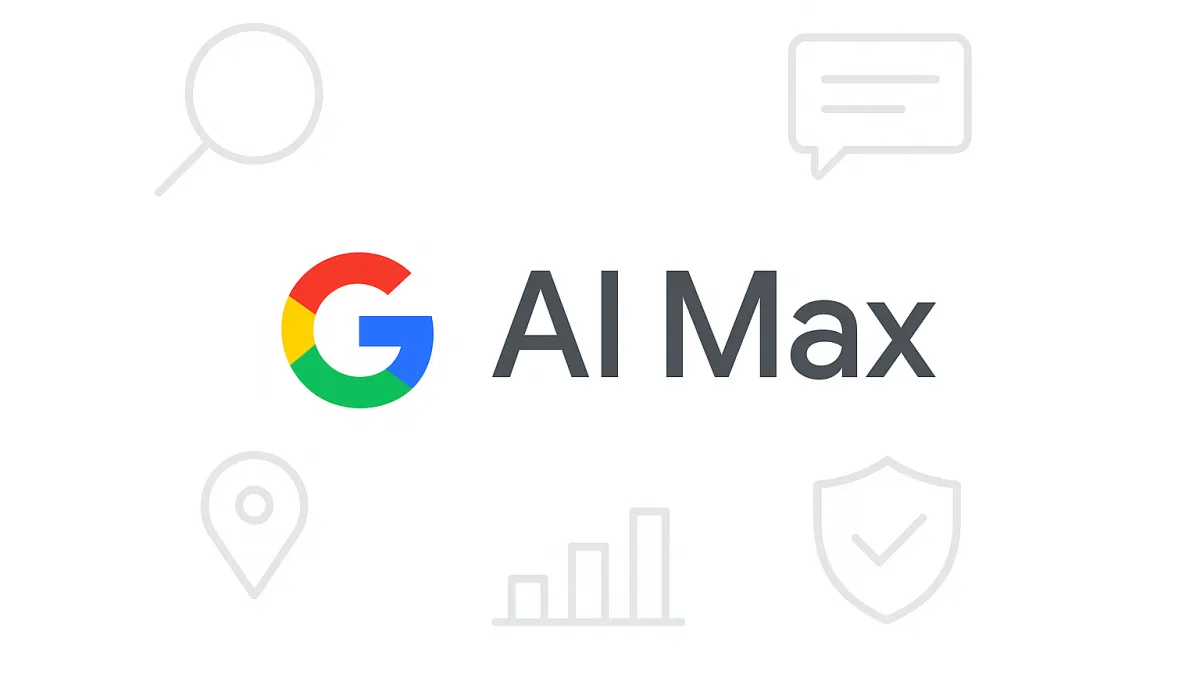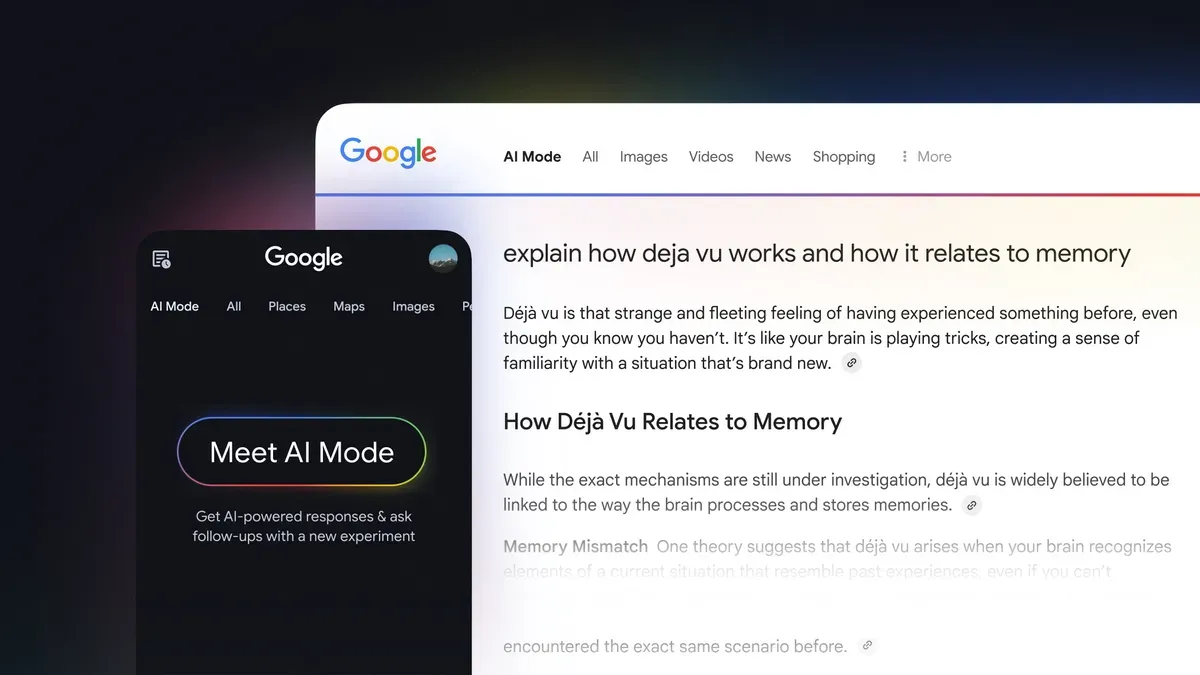
SEO, AEO and GEO: How to Win in Search, Answer and Generative Ecosystems (2025 Edition)
Digital discovery no longer starts and ends with the familiar list of blue links. Voice assistants read answers aloud, and AI chatbots weave entire summaries out of many sources, often without showing a single URL. That shift has given rise to two new fields that sit alongside classic Search Engine Optimization (SEO): Answer Engine Optimization (AEO) and Generative Engine Optimization (GEO). This article walks you through what each discipline means, where they overlap, how they differ, and the most effective tactics for staying visible in all three spaces.
Related optimization concepts worth knowing
While SEO, AEO and GEO cover the big discovery buckets for 2025, a handful of adjacent acronyms deserve a mention:
- VSO — Voice Search Optimization: tailoring content for spoken, conversational queries on smart speakers and mobile assistants.
- ASO — App Store Optimization: increasing app visibility and installs in Apple App Store and Google Play search lists.
- LSEO — Local SEO: optimizing business profiles, NAP citations and local landing pages to surface in Google Maps and “near me” searches.
- VEO — Video Engine Optimization: improving titles, thumbnails, transcripts and engagement signals so platforms such as YouTube or TikTok recommend your clips.
CRO — Conversion Rate Optimization: not a discovery channel in itself, but the logical next step—turning all the traffic you win through the above channels into measurable business value.
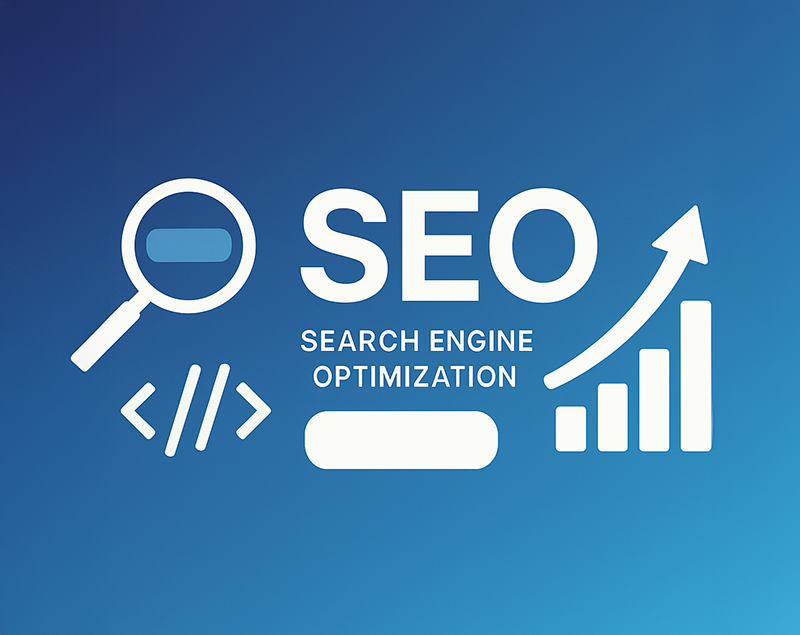
SEO — Search Engine Optimization (SEO‑optimized)
Meta description suggestion: Learn proven SEO strategies to rank higher in Google, drive organic traffic and grow your brand in 2025.
Why SEO still matters
Search engine optimization (SEO, sometimes called organic search marketing) remains the highest‑intent acquisition channel on the web. By aligning keyword research, technical SEO and content optimization, you earn consistent, compounding clicks from Google, Bing and DuckDuckGo.
Core ranking factors in 2025
- Search intent matching – cluster long‑tail queries around clear user goals.
- Core Web Vitals & page experience – fast, stable, mobile‑first pages outperform slow ones.
- Topical authority & links – build subject depth and earn high‑trust backlinks.
- Structured data & rich snippets – FAQ, HowTo, Product schema unlock higher click‑through rates.
- E‑E‑A‑T signals – showcase experience, expert authorship and original research.
Quick wins
- Rewrite title tags ≤60 characters, starting with the primary keyword (e.g. “SEO strategy 2025: Actionable guide”).
- Add descriptive ALT text to every image (keyword + intent).
- Internally link new articles to their parent pillar page.
- Use a log‑file analyzer to surface crawl traps and orphan pages before they cap your crawl budget.
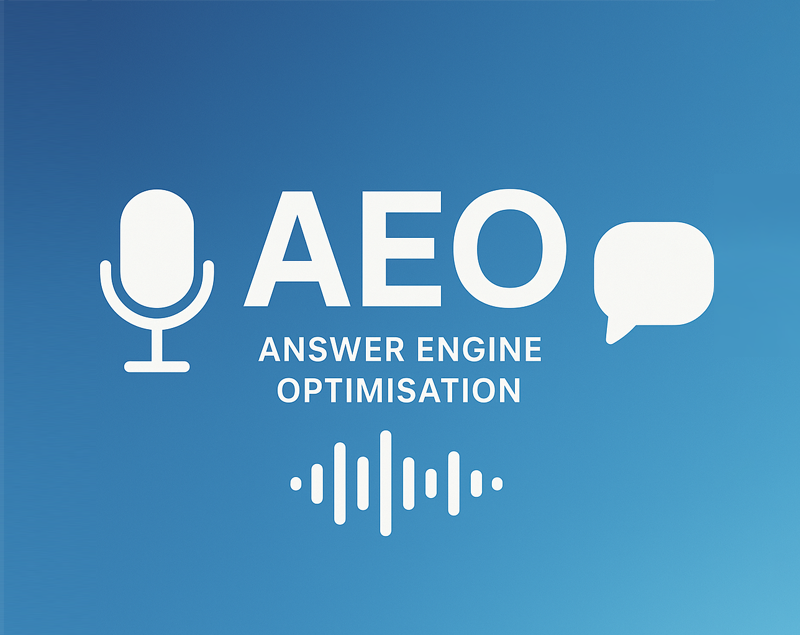
AEO — Answer Engine Optimization (AEO‑optimized)
What is Answer Engine Optimization?
Answer Engine Optimization (AEO) is the process of structuring concise, authoritative content so voice assistants and featured snippets can quote your answer verbatim and with confidence.
Format template
Q: How do I optimize for answer engines?
A (58 words): Start with a specific question in an H2. Follow immediately with a direct, standalone paragraph that covers the definition plus one fact or step. Add FAQPage or Speakable schema, ensure the page loads in under two seconds and earn at least two authoritative backlinks. Voice assistants reward clarity, recency and authority.
AEO checklist
- Surface the main question in an <h2> or <h3>.
- Direct answer immediately below, maximum 70 words.
- Use ordered lists when describing steps—voice assistants read numbers clearly.
- Mark up answers with FAQPage or Speakable schema.
Review the live SERP to refine wording until you win the snippet.
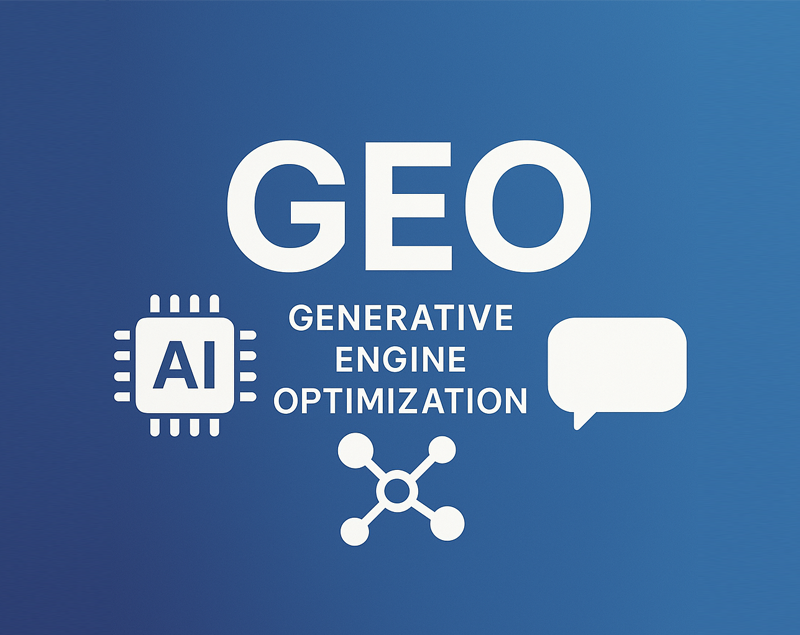
GEO — Generative Engine Optimization (GEO‑optimized)
Generative search surfaces such as Google Search Generative Experience (SGE) and Bing Copilot build answers from a vector index plus large language models. Your goal is to become a citable, high‑confidence source inside those AI snapshots.
Definition (with attribution): Generative Engine Optimization means publishing machine‑readable, citation‑ready content that LLM‑powered search products can retrieve, verify and quote — Google AI Search Whitepaper, April 2025.
How to earn citations

Example snippet
<aside data-llm-citable="true"> In 2024, organic search drove 53 percent of all e‑commerce sessions.<sup>[1]</sup> </aside>
Track your success by searching your brand name plus “SGE” or “as cited by” in Copilot transcripts.
Where the three overlap
- They all start with understanding user intent and delivering genuinely helpful information.
- Each rewards clear structure: headings, lists, schema markup and canonical URLs help both crawlers and AI systems.
- Authority matters across the board – expertise, transparency and original research signal trust.
5. What sets them apart
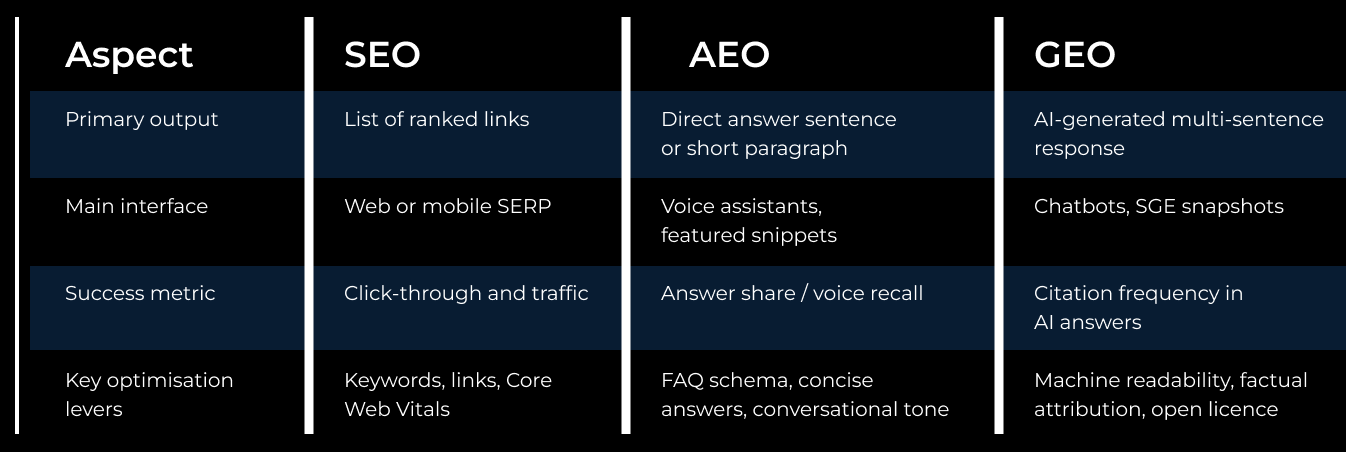
Practical optimization checklist
SEO
- Map topics to search intent rather than purely to keywords.
- Keep titles under ±60 characters, use H1–H3 logically and add descriptive alt text.
- Pass Core Web Vitals and maintain a lean, mobile‑first HTML/CSS footprint.
- Build editorially earned backlinks and internal link structures.
- Demonstrate E‑E‑A‑T with by‑lines, references and first‑hand data.
AEO
- Add FAQPage, HowTo and Speakable schema where relevant.
- Write direct, self‑contained answers of 40–70 words directly below the question heading.
- Use ordered lists or tables when a step‑by‑step or comparison is requested.
- Optimize for voice: use natural, conversational language and pronounceable brand names.
- Earn authority signals (citations, reviews) so engines feel confident returning your answer unaltered.
GEO
- Publish factual statements with explicit citations so LLMs can attribute sources.
- Provide machine‑readable versions of key assets – JSON, CSV or APIs – behind an open or CC‑BY license.
- Refresh stats and examples regularly; generative engines value recency cues in sitemap lastmod.
- Maintain a unique point of view; LLMs surface distinctive phrasing and perspectives.
- Track your brand mentions in SGE snapshots and AI chat answers, then iterate on gaps.
Key takeaways
SEO keeps the clicks coming, AEO wins the quick answers, and GEO secures your spot in tomorrow’s AI‑driven summaries. Combine the three, and you own every stage of the modern search journey – from query to answer to conversation.
Ready to future‑proof your visibility? Start by auditing one existing page against the three checklists above – you will spot opportunities straight away.
